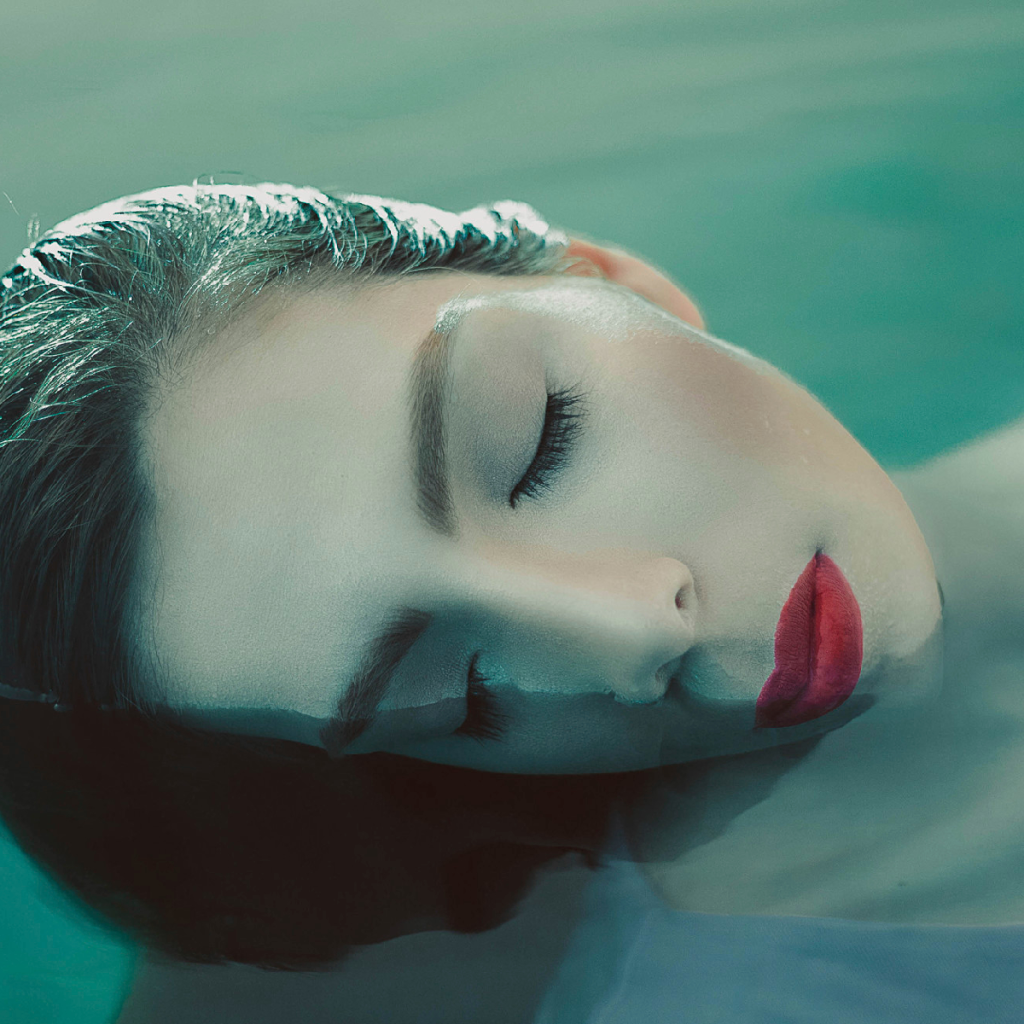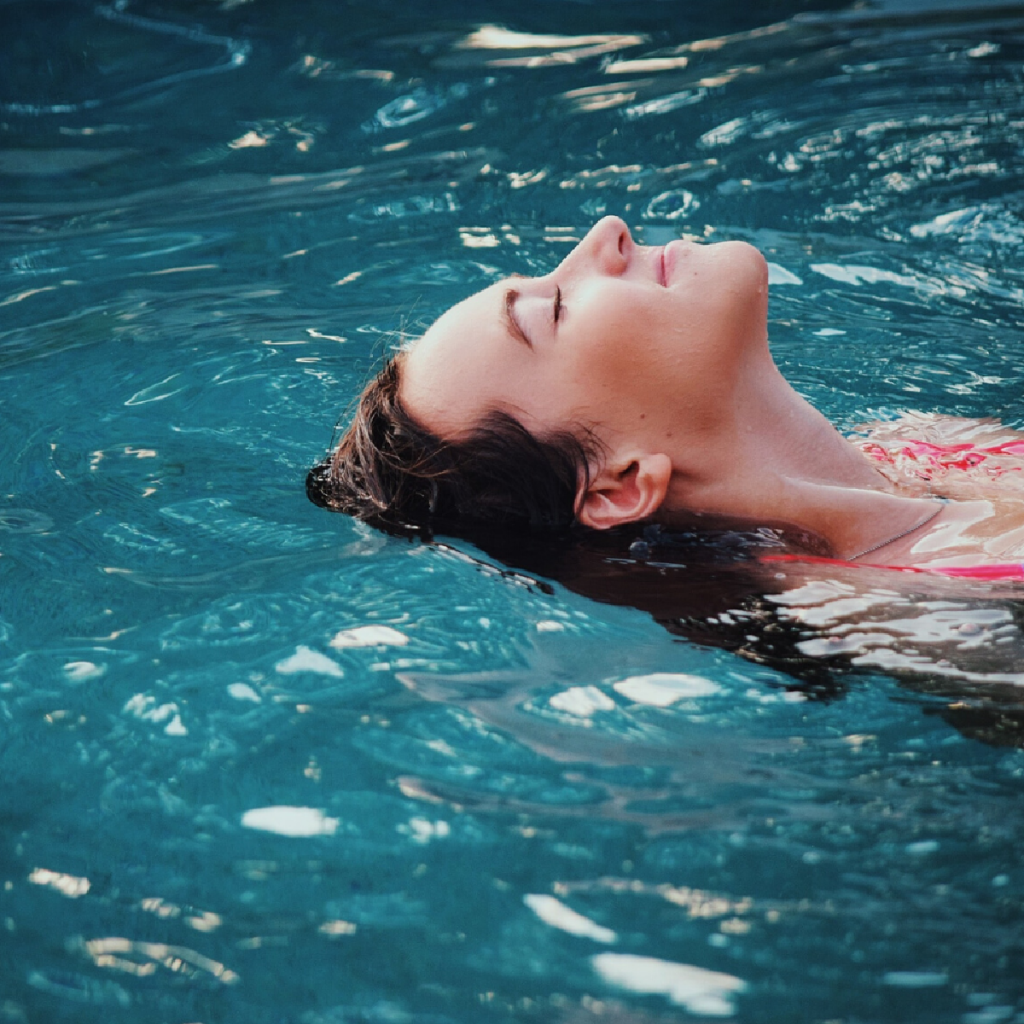Learn effective strategies to combat green hair caused by chlorine exposure in swimming pools.
Combatting Green Hair After Swimming in Chlorinated Pools
We’ve all been there – taking a refreshing dip in the pool, only to emerge with a head full of green hair. It’s a common problem when swimming in chlorinated pools, but fear not! We’re here to help you understand why it happens and, more importantly, how to combat it.

Understanding the Cause: Chlorine and Green Hair
First things first, let’s delve into the science behind why chlorine turns your lovely locks into a vibrant shade of green. Chlorine, a powerful disinfectant used to keep pools clean, can react with the proteins in your hair, resulting in that undesired hue. But fear not, it’s not permanent, and there are ways to prevent and treat it.
The Science Behind Chlorine and Hair Discoloration
You see, chlorine can create a chemical reaction with the copper present in the water. This reaction forms copper salts, which latch onto your hair and give it that green tint. The longer you stay in the pool, the more time the chlorine has to work its magic. So, if you’re planning on spending hours in the water, be prepared for some rainbow hair!
Now, let’s dive a little deeper into the chemistry behind this fascinating phenomenon. When chlorine is added to water, it forms hypochlorous acid, a powerful oxidizing agent. This acid is responsible for breaking down organic compounds, including the proteins in your hair. As the proteins break down, they release amino acids, which then react with the copper ions in the water. This reaction leads to the formation of copper salts, which bind to the hair shaft and give it that distinctive green color.
Interestingly, the amount of copper present in the water can vary depending on several factors, such as the source of the water and the plumbing system. If the water you’re swimming in has a higher copper concentration, the chances of your hair turning green are significantly higher. This is why some people may experience green hair after swimming in certain pools, while others don’t.
Common Misconceptions About Green Hair From Swimming
Before we dive into the prevention and treatment options, let’s debunk some common myths surrounding green hair. First off, it’s important to note that having green hair doesn’t mean your hair is damaged. It may look funky, but your hair is perfectly healthy! The green color is simply a result of the chemical reaction between chlorine and copper, and it will fade over time.
Another misconception is that only blondes are prone to green hair. While it’s true that blonde hair is more susceptible to discoloration due to its lighter shade, all hair types and colors can be affected by chlorine. So, whether you have jet-black hair or fiery red locks, you’re not immune to the green hair phenomenon.
Furthermore, some people believe that washing their hair immediately after swimming will prevent green hair. While rinsing your hair with fresh water can help remove some of the chlorine residue, it won’t completely prevent the discoloration. The reaction between chlorine and copper has already occurred, and the green tint has already set in. However, there are other preventive measures you can take to minimize the chances of your hair turning green.
So, now that we’ve explored the science and debunked some myths, let’s move on to the exciting part: how to prevent and treat green hair caused by chlorine. Stay tuned!
Preventing Green Hair: Pre-Swim Care
Prevention is always better than cure, right? So, let’s talk about what you can do before taking the plunge to minimize the risk of turning into a green-haired goddess.
Before diving into the pool, it’s important to take some proactive steps to protect your hair from the damaging effects of chlorine. Chlorine, commonly used in swimming pools to keep the water clean, can wreak havoc on your lovely locks, leaving them dry, brittle, and even turning them an unsightly shade of green. But fear not, there are ways to prevent this hair catastrophe!
Choosing the Right Swim Cap
Invest in a good quality swim cap that fits snugly over your head. This simple accessory can be a game-changer when it comes to protecting your hair. A swim cap creates a protective barrier between your hair and the chlorine-infused water, significantly reducing the exposure of your precious strands to the harmful chemicals.
When choosing a swim cap, opt for one made of silicone or latex, as they are more effective at keeping the water out. These materials provide a tight seal, ensuring that no chlorine seeps through and comes into contact with your hair. Additionally, silicone and latex caps are durable and long-lasting, making them a worthwhile investment for any avid swimmer.
Pre-Swim Hair Treatments and Products
Another preventative measure is to apply a pre-swim hair treatment or product. These specially formulated products create a protective barrier on your hair, preventing the chlorine from penetrating the strands and causing damage.
Look for products specifically designed for swimmers, as they are tailored to combat the effects of chlorine exposure. These products often contain ingredients that neutralize chlorine, such as vitamin C or sodium thiosulfate. Applying a pre-swim treatment or product before entering the pool can significantly reduce the risk of green hair and help maintain the health and integrity of your locks.
In addition to using pre-swim products, it’s also important to thoroughly rinse your hair with fresh water before entering the pool. This will help saturate your hair with clean water, minimizing the absorption of chlorine. Wetting your hair before swimming can also prevent it from absorbing excessive amounts of pool water, further reducing the exposure to chlorine.
Remember, prevention is key when it comes to protecting your hair from the harmful effects of chlorine. By investing in a high-quality swim cap and using pre-swim hair treatments, you can enjoy your time in the pool without worrying about your hair turning green. So, dive in with confidence and make a splash!
Immediate Post-Swim Actions to Prevent Green Hair
So, you’ve just emerged from the pool with chlorine lurking in your hair. What can you do to minimize the green effect? Follow these immediate post-swim actions:
Swimming is a great way to stay active and enjoy the summer, but the chlorine in the pool water can wreak havoc on your hair. It can leave your locks feeling dry, brittle, and even turn them green! However, with the right post-swim care, you can prevent this unwanted hair color change.
Rinsing Techniques for Chlorine Removal
First and foremost, rinse your hair with fresh water as soon as possible after swimming. This will help remove any residual chlorine clinging to your hair. The longer the chlorine stays in your hair, the more likely it is to cause discoloration. So, it’s essential to act quickly.
When rinsing, pay extra attention to your scalp and ends, as these areas tend to be more prone to discoloration. Gently massage your scalp to ensure that the water reaches every strand of hair, washing away any chlorine residue.
Post-Swim Hair Products to Use
After rinsing, reach for a shampoo and conditioner specifically formulated to remove chlorine. These products contain ingredients that help break down the chlorine bonds and wash them away. Look for products that are sulfate-free and gentle on your hair.
When using these post-swim hair products, make sure to follow the instructions on the packaging. Leave the shampoo in for the recommended amount of time to allow it to work its magic. Massage it into your hair and scalp, focusing on the areas where the chlorine might have accumulated. Rinse thoroughly with lukewarm water.
After shampooing, apply a conditioner that is specifically designed to counteract the drying effects of chlorine. Leave the conditioner on for a few minutes to allow it to deeply nourish and hydrate your hair. Rinse it out completely, and you’ll be left with soft, chlorine-free locks.
In addition to shampoo and conditioner, you may also consider using a clarifying treatment once a week to remove any stubborn chlorine buildup. These treatments are designed to deeply cleanse your hair and remove any impurities, including chlorine. Just make sure not to overdo it, as they can be drying if used too frequently.
Remember, prevention is key when it comes to preventing green hair. Before swimming, wet your hair with fresh water and apply a leave-in conditioner or hair oil. This creates a barrier between your hair and the chlorine, reducing its ability to penetrate the hair shaft.
By following these immediate post-swim actions and incorporating the right hair care products into your routine, you can enjoy your time in the pool without worrying about green hair. So, dive in and have fun!
Treating Green Hair After It Happens
Even with all the prevention measures, the occasional green hair mishap can still occur. If you find yourself rocking the green look, don’t fret! Try these home remedies and professional treatments to restore your hair to its former glory.
Home Remedies for Green Hair
If you’re feeling adventurous, home remedies can be a great place to start. You can try rinsing your hair with a mixture of lemon juice and water or applying a paste of baking soda and water. These natural remedies can help neutralize the copper salts and gradually remove the green tint.
Professional Treatments for Chlorine-Damaged Hair
If you’re not up for a DIY adventure, seek professional help. A visit to your trusted hairstylist can work wonders. They have access to professional treatments such as clarifying masks or color-correcting products that can swiftly banish the green from your hair.
Maintaining Healthy Hair with Regular Swimming
Swimming is a fantastic form of exercise, and you shouldn’t let the fear of green hair hold you back. With a little extra care, you can enjoy the pool while keeping your hair healthy and vibrant.

Balancing Swimming and Hair Health
Strike a balance between your love for swimming and maintaining hair health by following these tips:
- Before swimming, dampen your hair and apply a leave-in conditioner. This will create a protective barrier and minimize chlorine absorption.
- Immediately after swimming, make it a habit to rinse your hair with fresh water and apply a moisturizing conditioner to replenish lost moisture.
- Once a week, treat your hair to a deep conditioning mask to repair any damage caused by chlorine exposure.
Long-Term Hair Care Tips for Swimmers
Long-term care is just as important as immediate post-swim actions. Follow these tips to maintain healthy hair while indulging in pool time:
- Invest in quality hair products that are specifically formulated for swimmers. These products are designed to protect your hair from chlorine and other pool chemicals.
- Avoid excessive heat styling, as chlorine can make your hair more susceptible to damage. Embrace your natural hair texture and give it a break from heat tools.
- Trim your hair regularly to get rid of any chlorine-damaged ends. Regular trims will keep your hair looking fresh and vibrant.
So, fear not the green hair! With the right knowledge and a little TLC, you can combat the chlorine-induced hue and maintain healthy, vibrant hair while enjoying your time in the pool.





